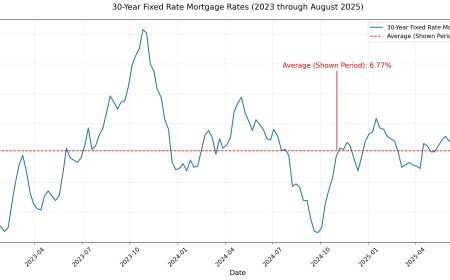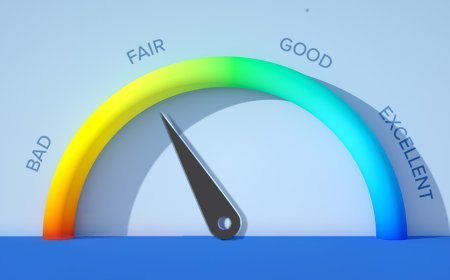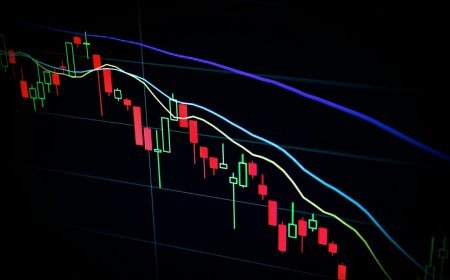How to Read and Understand a Stock Chart
Learn to read and interpret stock charts like a professional trader. Master candlesticks, trends, support/resistance, and key technical indicators.

Stock charts are visual representations of price movements over time, essential for making informed investment decisions. Whether you're a beginner investor or looking to enhance your technical analysis skills, learning to read charts can dramatically improve your investment results.
The three main chart types each serve different purposes. Line charts show closing prices connected by lines and are simplest for long-term trend analysis. Bar charts display open, high, low, and close prices with vertical lines and horizontal ticks, providing detailed price action data. Candlestick charts are most popular among traders, showing the same data as bar charts but with visual bodies and wicks that make patterns easier to recognize.
Understanding candlestick anatomy is crucial for chart reading. Bullish candles (usually green or white) show the closing price higher than the opening price, indicating buying pressure. Bearish candles (red or black) show closing prices lower than opening prices, indicating selling pressure. The body shows the open-to-close range, while wicks show the high and low extremes.
Trend identification involves recognizing series of higher highs and higher lows for uptrends, or lower highs and lower lows for downtrends. Sideways consolidation shows price moving horizontally within a range, often preceding significant moves. Trend lines connect multiple high or low points to validate trend direction.
Support and resistance levels are critical concepts where support represents price levels where buying interest emerges, while resistance shows where selling pressure appears. These levels often occur at previous highs and lows, psychological round numbers, or moving averages. When support breaks, it often becomes new resistance, and vice versa.
Volume analysis confirms price movements - high volume validates breakouts while low volume may signal false moves. Moving averages act as dynamic support and resistance levels, with common periods including 20, 50, and 200 days. Golden crosses (50-day above 200-day) signal bullish trends while death crosses indicate bearish trends.
Essential technical indicators include the Relative Strength Index (RSI) for overbought and oversold conditions, and Moving Average Convergence Divergence (MACD) for momentum analysis. Use multiple timeframes with weekly and monthly charts for major trends, daily charts for entries, and hourly charts for precise timing.
What's Your Reaction?
 Like
0
Like
0
 Dislike
0
Dislike
0
 Love
0
Love
0
 Funny
0
Funny
0
 Angry
0
Angry
0
 Sad
0
Sad
0
 Wow
0
Wow
0







































